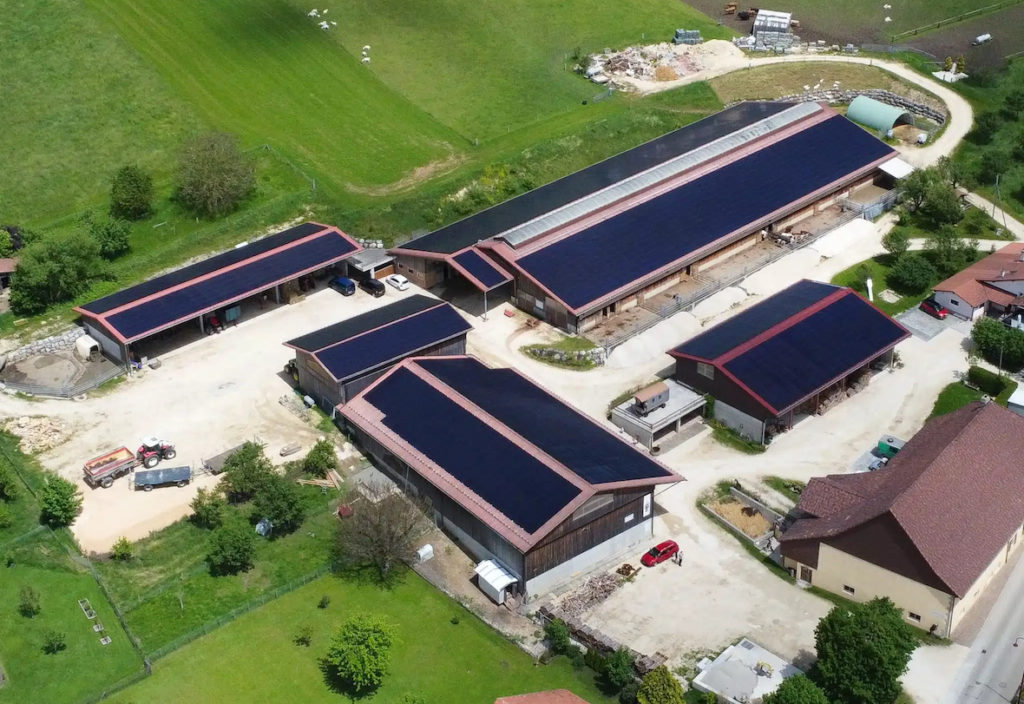
Daphne Technology raises an additional CHF 4 million from strategic investors
22 March 2022

Climate tech start-up Daphne Technology has raised an additional CHF 4 million to scale up the company. The second closing brings the total raised in this round to CHF 14 million.
The transition to sustainable energy sources is fundamentally reshaping the global economy. A dramatic reduction of Greenhouse Gas (GHG) emissions is necessary to meet the Paris Agreement goals and International Maritime Organization (IMO) regulations.
Based in St-Sulpice (canton of Vaud), Daphne Technology focuses on solving the GHG challenge in tough-to-decarbonize industries by developing next-generation climate mitigation technology. Its universal green converter is an exhaust gas purification system for vessels, reducing both air- and sea pollution for all types of fuels.
Swisscom, private investors introduced through UBS Growth Advisory, and ONE CREATION invested in the second closing of Daphne Technology’s equity offering. The company also raised CHF 10 million in October 2021 from strategic investors, including Shell Ventures, Trafigura, AET Tankers, and Saudi Aramco Energy Ventures.
A deep technology approach to reduce warming and toxic emissions
Jennifer Webb, Investment Director, Swisscom Ventures, commented: “An investment into Daphne is a novel and deep technology approach to reduce warming and toxic emissions in the shipping sector. Swisscom believes this will substantially lower the transition cost for shipping owners and charterers, indirectly benefiting companies and consumers who might otherwise face higher emissions or higher shipping costs.”
“We are proud to continue attracting best-in-class investors,” says Founder and CEO of Daphne Technology, Dr Mario Michan. “With this investment, we will be able to accelerate the development of next-generation climate mitigation technology. Global momentum is building to achieve net-zero in GHG emissions, and Daphne Technology is right in the middle of it. Getting there will require exceptional levels of technological innovation.”

